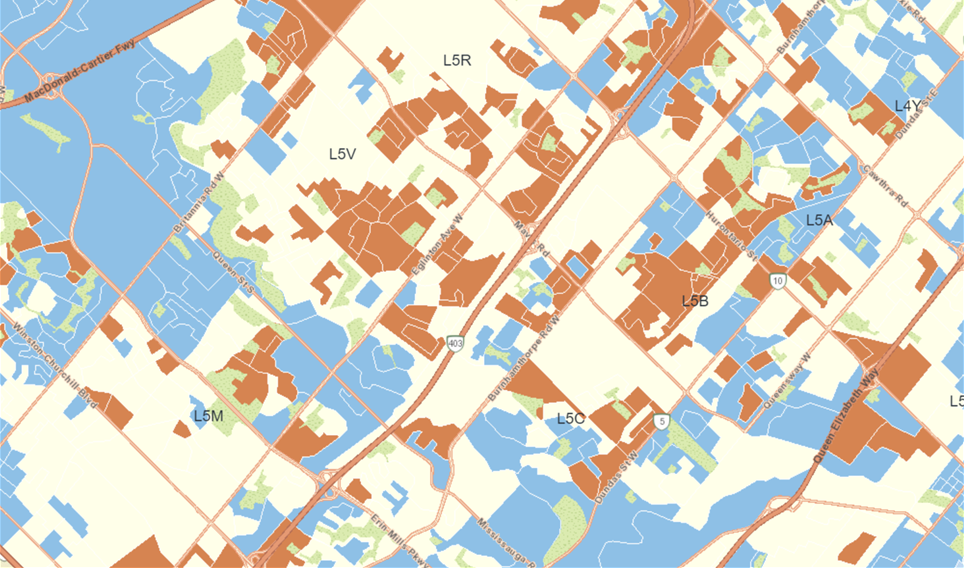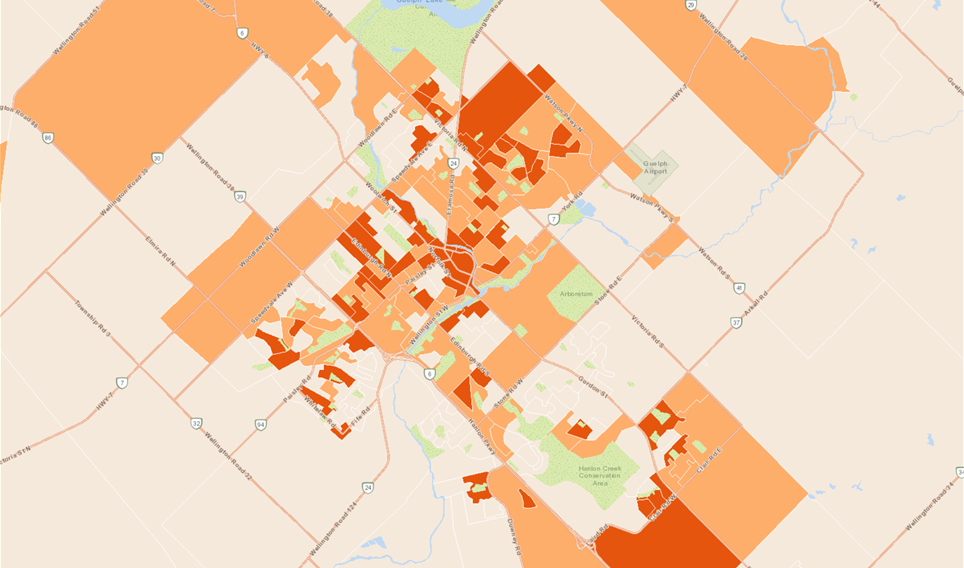
Frailty Index
Identify populations who may face difficulty in day-to-day activities due to impediments related to age, physical limitations or health
The Frailty Index (FI) identifies Canadians by neighbourhood who are more likely to have difficulty going about day-to-day activities in their communities due to age, physical limitations or health, especially conditions that are comorbidities of concern for COVID-19. The frailty index is largely a picture of senior populations across Canada. Canadians with higher disease prevalence score strongly on this index.
Governments, health providers, retailers, restaurants and financial services can use the Frailty Index to design better services and communications for the populations that they serve. These may include support for residents in running day-to-day errands, offering home delivery services (even as business closures ease) or providing help in understanding what precautions to take to protect themselves from infection.
Navigate accelerated change
Align products and services to support your market in a changing health landscape
Identify who is most at risk
Effectively monitor and protect the neighbourhoods that are potentially at a
higher risk
Tailor your response
Design initiatives to meet the specific needs of those who are most vulnerable
Want to know more about the Frailty Index?
We're here to help.
Better Understand the Populations You Serve
The Frailty Index is calculated by weighting the variables from our CommunityHealth and DemoStats databases. Every postal code in Canada has an associated FI.
FI variables include:
- Population 65 years and older
- Self-reported health as poor or fair
- Self-reported presence of physical limitations
- Physically inactive
- Household income
- Prevalence of COPD, heart disease, cancer, asthma and diabetes
Answer Common Questions
- Which neighbourhoods should be monitored closely?
- How many households in my jurisdiction will likely need support? How can we rank them based on need?
- Where can we allocate our resources for minimum investment and maximum impact?
- Which segments are likely the most susceptible to health-related complications?
- What is the best way to reach out and support them?
Find more information about the Frailty Index including metadata and release notes on our community website.
Ready to turn data into actionable insights for your organization?
More Data to Choose From
Enhance your data with our privacy-compliant, authoritative databases. Choose from over 60 databases including financial, demographic, segmentation and behavioural data.
Create a comprehensive picture of your customers according to their shared demographic, lifestyle and behavioural traits. Discover where they live and understand their preferences to create more effective marketing strategies.
Factor the behaviours and attitudes of your target market into your media and marketing strategies. Access insights on a range of topics, from media and shopping habits to attitudes on charitable giving and the environment.
Reach your best customers, track neighbourhood growth patterns and forecast trends with demographic data covering age, sex, marital status, education, occupation, income, housing, cultural diversity and more.

 Frailty Index
Frailty Index



